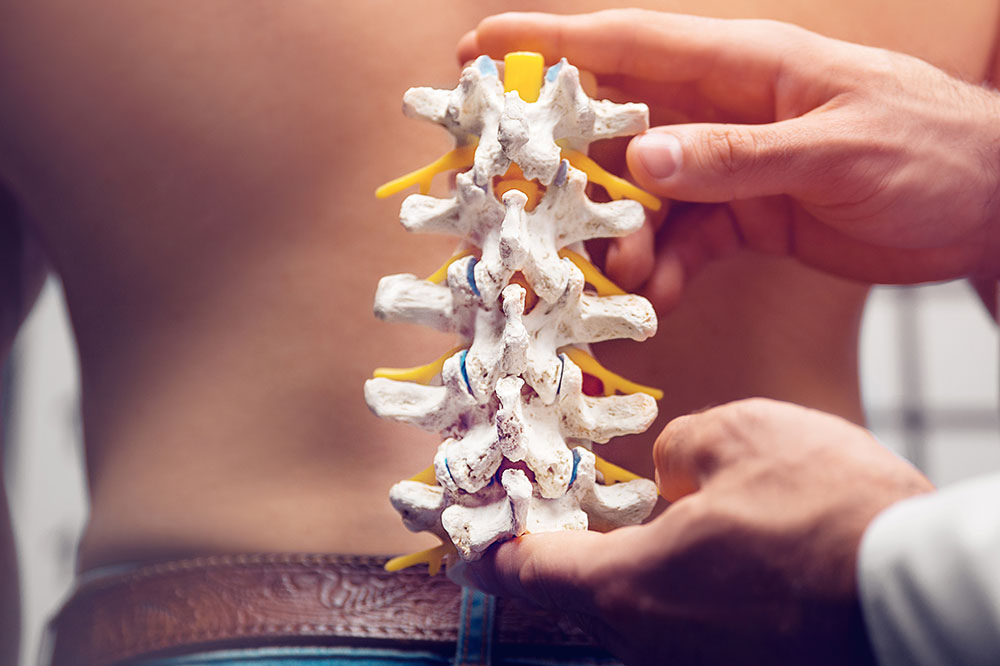Comprehensive Guide to Spinal Fusion Surgery
This comprehensive guide explains spinal fusion surgery, including its purpose, procedure, benefits, and risks. It helps patients understand how the surgery can address spinal deformities, fractures, herniated discs, and instability. The article emphasizes preparation, recovery tips, and potential complications, providing valuable insights for individuals considering this treatment option.

Understanding Spinal Fusion Surgery
Spinal fusion surgery is a procedure aimed at permanently joining two or more vertebrae in the lower back to eliminate movement between them. This major operation typically lasts several hours and employs techniques similar to bone healing, involving placement of a bone graft between vertebrae. Surgeons may also use metal rods, screws, and plates to stabilize the spine, ensuring the vertebrae fuse effectively.
The primary goal is to immobilize specific spinal segments, reducing mobility and alleviating pressure on the spinal cord. Excessive stress might cause degeneration or other issues over time.
This procedure is recommended for correcting various spinal conditions, including deformities and injuries. It can effectively address:
Spinal deformities: Conditions like kyphosis (hunchback) and scoliosis (sideways curvature) are treatable with fusion surgery.
Broken vertebrae: Fractures causing instability and pain may require fusion for stabilization.
Herniated discs: Removing damaged discs followed by fusion helps reduce pain and supports spinal stability.
Spondylolisthesis: When one vertebra slips over the other, causing nerve compression and pain, fusion can provide relief.
Spinal weakness: Conditions like arthritis can weaken the spine, making fusion an effective solution for stability.
Before surgery, patients should inform their doctor about medications. The surgical site is prepared by trimming hair and disinfecting. Under local anesthesia, surgeons choose a technique based on the affected vertebrae and underlying issue.
Incision: An incision is made along the spine (front or back) to access the vertebrae.
Bone graft preparation: A bone graft, often taken from the pelvis or a bone bank, is placed between vertebrae to promote fusion. If taken from the patient, a small pelvic incision is made for extraction.
Fusion process: The graft facilitates natural bone growth, often supplemented with rods and screws for added stability. In severe cases, synthetic materials may accelerate fusion.
Post-surgery, patients typically stay in the hospital for 2-3 days. Pain and discomfort are managed with medications. Swelling, fever, and tenderness may occur initially, and bone fusion may take several months. Wearing a back brace and undergoing physical therapy help ensure proper healing and posture correction.
Potential Risks: While performed with care, the procedure carries risks such as blood clots, infections, bleeding, wound healing issues, and nerve damage. Stress transfer to adjacent vertebrae might accelerate joint wear, possibly causing chronic pain. Patients should follow medical advice, rest adequately, and maintain a nutritious diet to promote recovery.









